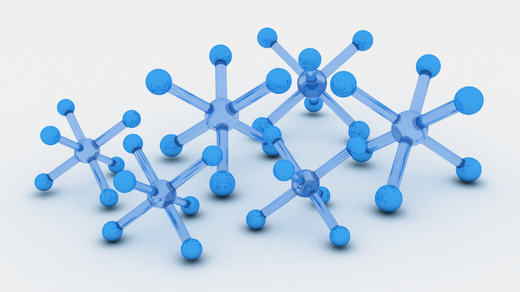The product of a chemical reaction is the compound that is formed when two or more chemicals react with each other. In order to determine the product of a reaction, it is essential to understand the reactants involved and the conditions under which the reaction takes place. The product of a reaction can be predicted by understanding the properties of the reactants and the mechanism of the reaction.
In organic chemistry, predicting the product of a reaction is a crucial aspect of understanding how organic compounds react. Organic chemistry deals with the study of carbon-based compounds and their reactions. When two or more organic compounds react with each other, they can form a wide range of products.
To predict the product of an organic reaction, it is essential to consider the functional groups present in the reactants. Functional groups are specific atoms or groups of atoms that give organic molecules their characteristic chemical properties. Some common functional groups in organic chemistry include alcohols, carboxylic acids, and ketones.
In addition to functional groups, the reaction conditions also play a crucial role in determining the product of an organic reaction. Reaction conditions can include factors such as temperature, pressure, and the presence of a catalyst. These conditions can influence the mechanism of the reaction and determine the final product.
One useful tool for predicting the product of an organic reaction is retrosynthesis. Retrosynthesis involves working backward from the desired product to determine the starting materials required for the reaction. This approach can help to identify the best synthetic route to the desired product and can also help to predict potential byproducts or side reactions.
In summary, predicting the product of a chemical reaction requires a thorough understanding of the reactants, the functional groups present, and the reaction conditions. By understanding these factors, we can predict the product of a reaction and identify the best synthetic route to the desired product.
In some cases, predicting the product of a reaction can be challenging due to the complexity of the reactants and the reaction conditions. In these cases, experimental techniques such as nuclear magnetic resonance (NMR) spectroscopy and mass spectrometry can be used to identify the products formed.
NMR spectroscopy is a powerful analytical tool that can be used to determine the structure of organic compounds. By analyzing the NMR spectrum of a compound, chemists can identify the functional groups present and determine the connectivity of the atoms in the molecule. This information can be used to confirm the identity of the product formed in a chemical reaction.
Mass spectrometry is another analytical technique that is commonly used in organic chemistry. Mass spectrometry involves ionizing a compound and then separating the resulting ions based on their mass-to-charge ratio. By analyzing the mass spectrum of a compound, chemists can determine the molecular weight of the compound and identify the presence of specific functional groups.
In addition to experimental techniques, computer modeling can also be used to predict the product of a reaction. Computer modeling involves using software to simulate the reaction and predict the products formed. This approach can be particularly useful when dealing with large, complex molecules and can help to identify potential byproducts or side reactions.
In conclusion, predicting the product of a chemical reaction is a fundamental aspect of organic chemistry. By understanding the reactants, the functional groups present, and the reaction conditions, chemists can predict the product of a reaction and identify the best synthetic route to the desired product. Experimental techniques such as NMR spectroscopy and mass spectrometry, as well as computer modeling, can be used to confirm the identity of the product formed and help to identify potential byproducts or side reactions.


